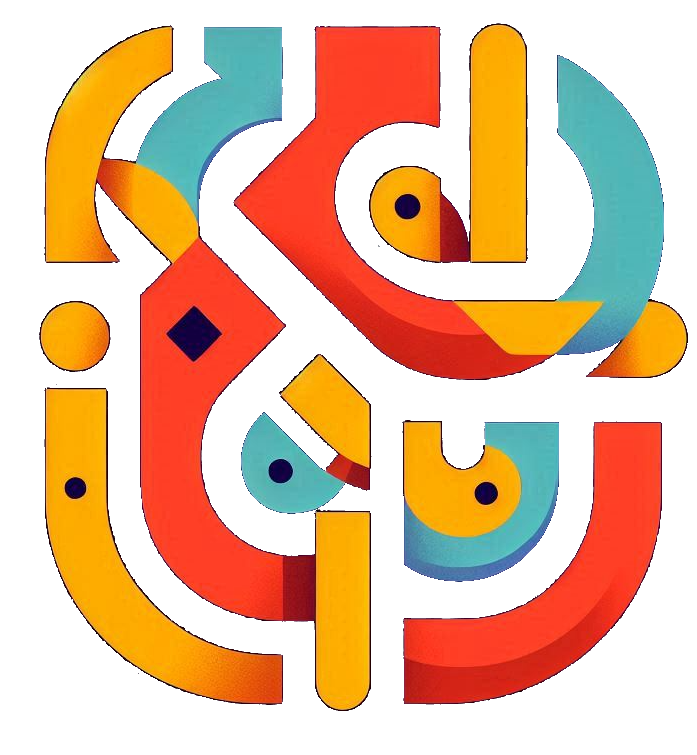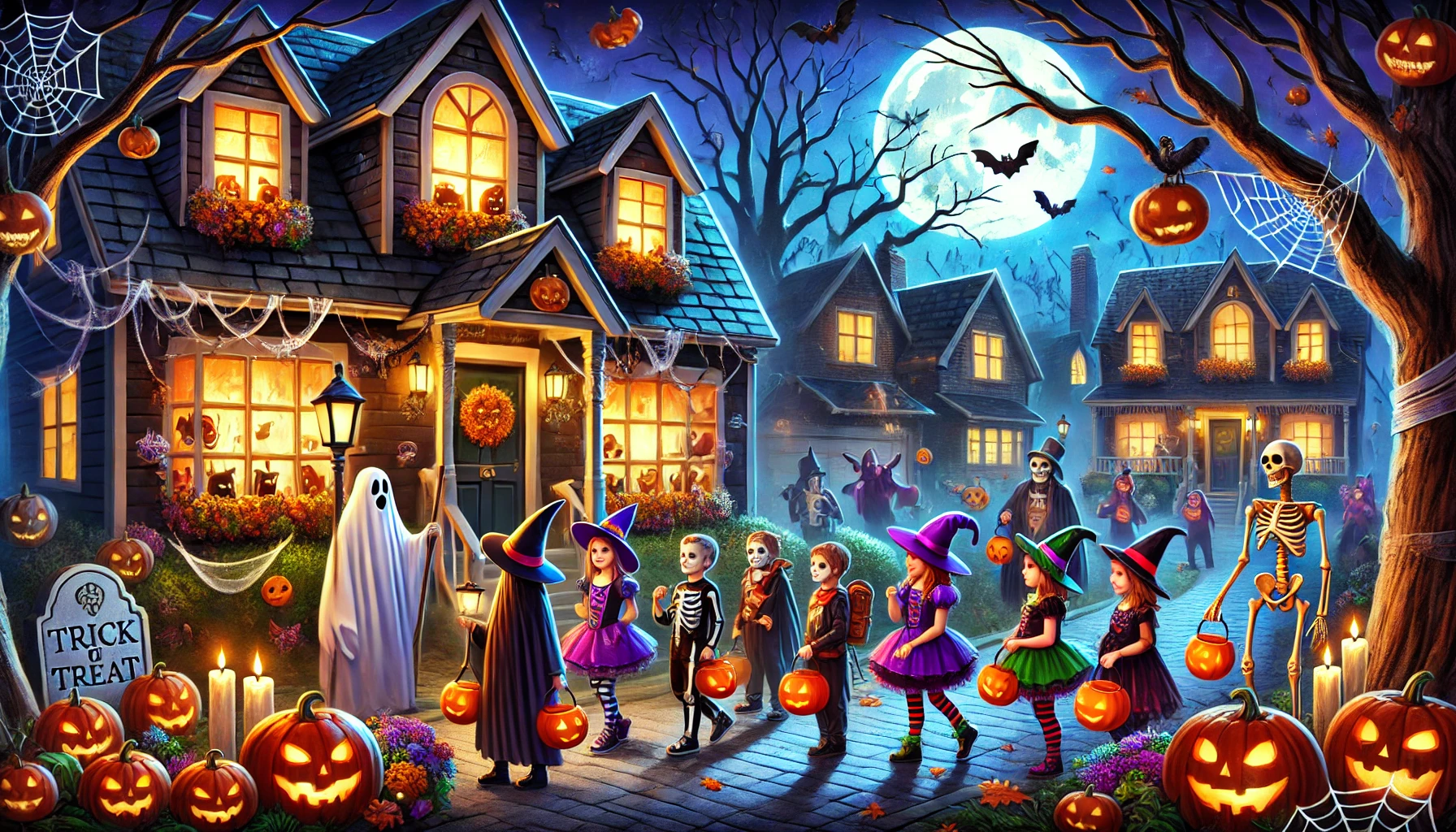Halloween
Halloween, the holiday known for costumes, pumpkin lanterns, and spooky nights, is celebrated every year on October 31st. While modern Halloween is mostly about fun, its roots are much deeper, linked to ancient beliefs and customs. Many traditions we enjoy today have been passed down through centuries and carry both playful and mysterious meanings.
The History of Halloween
Halloween comes from the ancient Celtic festival of Samhain, celebrated over 2,000 years ago in what is now Ireland and Scotland. Samhain marked the end of summer and the start of winter, a time when it was believed that the line between the world of the living and the dead became thin. People believed that spirits could come back to earth during Samhain.
To protect themselves, the Celts lit bonfires and made offerings to their gods for protection. They also wore masks and costumes to confuse the spirits, so they wouldn’t be recognized. These old traditions are the early roots of Halloween as we know it today.
The Influence of Christianity
As Christianity spread in Europe, the Church tried to replace pagan festivals with Christian holidays. In the 8th century, Pope Gregory III made November 1st All Saints’ Day, a day to honor saints and martyrs. The night before became known as All Hallows’ Eve, which later became Halloween.
During these times, people prayed for the dead and visited graves. Although Christianity changed the way Halloween was celebrated, many of the old customs stayed, like the idea of spirits visiting the living.
Halloween in North America
In the 19th century, Irish immigrants brought Halloween to the United States, where it started to evolve. One major change was the introduction of the pumpkin, replacing the Irish tradition of carving turnips. Pumpkins were easier to carve and became the iconic “jack-o’-lanterns.” This tradition is linked to an Irish legend about a man named Jack, who tricked the devil and was doomed to wander the earth with a lantern.
Halloween Traditions Today
Today, Halloween is all about costumes, games, and collecting candy. Let’s take a look at these fun traditions and where they come from.
Costumes
Dressing up in costumes dates back to the Celtic belief that spirits walked the earth on Halloween night. People wore disguises to hide from them. In the Middle Ages, a tradition called “mumming” started, where people dressed up in scary costumes and went from house to house performing in exchange for food.
Now, Halloween costumes range from spooky characters like witches and vampires to pop culture icons, allowing everyone to get creative and have fun.
Trick or Treat
“Trick or treat” is one of the most famous Halloween traditions, especially in the U.S. Kids dress up in costumes and go door-to-door, asking for candy with the phrase “trick or treat.” This custom began with the medieval practice of “souling,” where people offered prayers for the dead in exchange for food.
Today, trick-or-treating is a way for neighbors to come together and celebrate. Many people also decorate their homes with scary props like skeletons and witches to add to the fun.
Decorations
Halloween decorations are essential for creating a spooky atmosphere. Pumpkins, fake spider webs, skeletons, bats, and witches are commonly used. These decorations reflect themes of ghosts, magic, and the afterlife.
Carving pumpkins is not just a tradition, but a form of art. Some people create very detailed designs and compete in pumpkin carving contests.
Halloween Around the World
Although Halloween started with Celtic traditions, it’s celebrated around the world, especially in English-speaking countries. However, the way it’s celebrated can be a bit different in each place.
- UK and Ireland: In these countries, Halloween is still closely connected to its ancient roots. Bonfires and ghost stories are popular.
- United States: Halloween has become a massive, commercial event in the U.S., with billions spent each year on costumes, decorations, and candy. Parades, parties, and movie marathons are also common.
- Mexico: In Mexico, Halloween is celebrated alongside Día de los Muertos (Day of the Dead), which takes place on November 1st and 2nd. While both holidays honor the dead, Halloween is becoming more popular in cities.
The Meaning of Halloween Today
For many, Halloween is a time for fun, creativity, and community. While it often revolves around spooky themes, the holiday is light-hearted and enjoyed by people of all ages. Though commercialized today, Halloween still carries some of its deeper meanings related to life, death, and mystery.
Conclusion
Halloween is one of the most exciting holidays, blending ancient traditions with modern celebrations. It’s full of symbolism, traditions, and magic that transports us to a world of ghosts, witches, and mystery. How do you celebrate Halloween? 🎃

